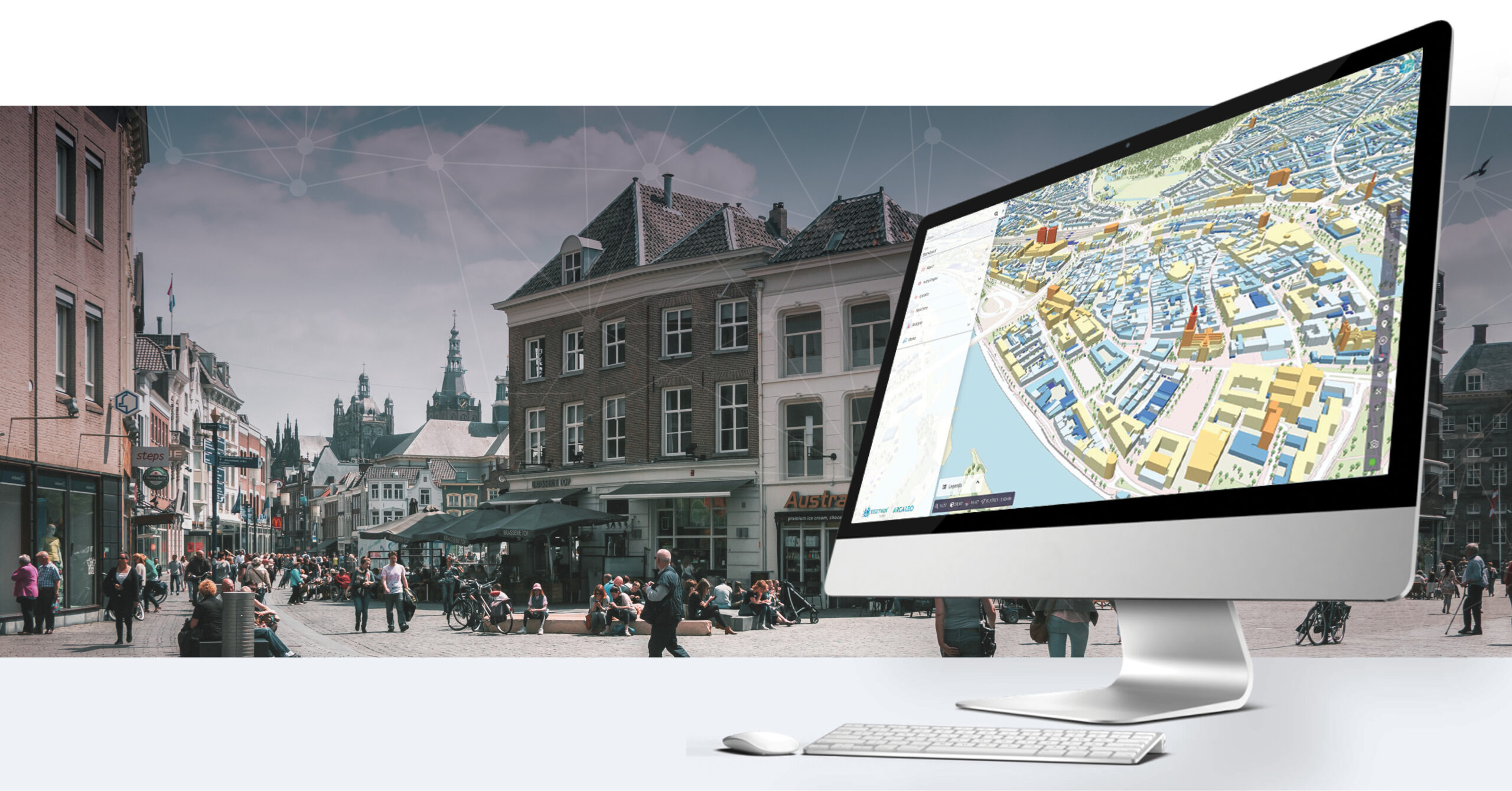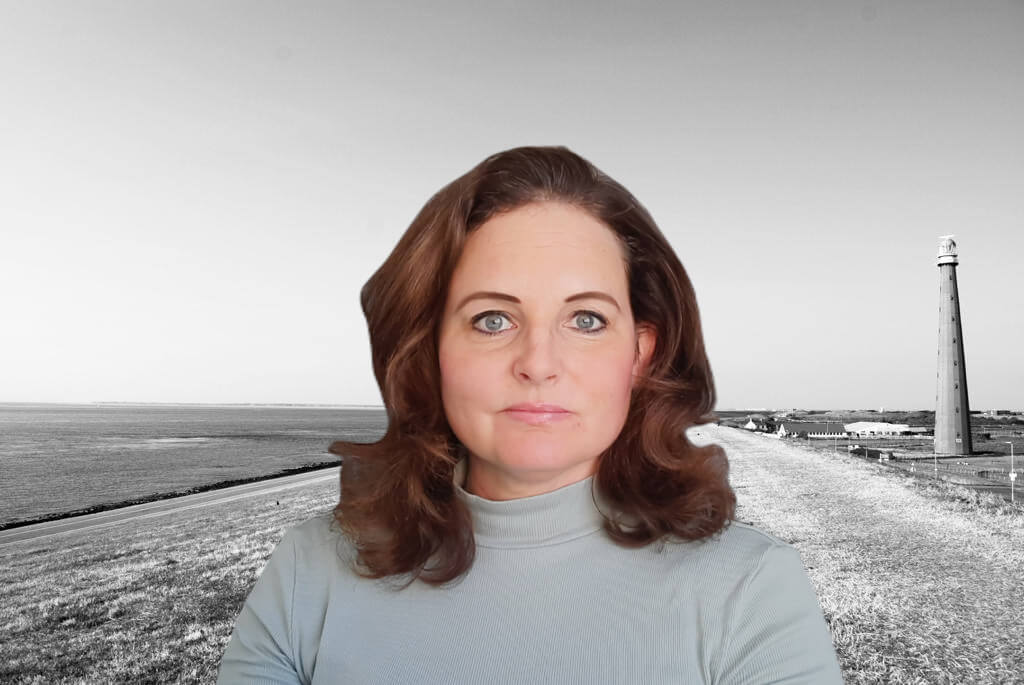
Jeroen Steenbakkers, founder and owner of the Dutch ICT company Argaleo in s’Hertogenbosch, Netherlands, came up with the idea for the Digital Twin data dashboard two years ago. Steenbakkers already owned the technology but saw a gap between it and end users, such as decision and policymakers. “They must make decisions based on information that moves a city forward,” he explains. “In doing so, they are then often told to be data-driven, but they are usually not data specialists.”

Future-proofing cities
To meet the growing need for data-driven information – and avoid expensive and time-consuming reports – Steenbakkers created the “smart viewing box.” He explains: “This is a digital copy of a city where different types of data are linked. We also set up the dashboard so that the end user can use it to do their daily work. This way urban areas can ultimately be future-proofed faster and more efficiently.”
Within the digital twin, data from over 250 datasets come together. It is even possible to filter the information so that only the themes currently important to the 3D dashboard user are made visible. Examples include visitor flows or climate data but also areas such as safety, mobility, real estate and sustainability. Steenbakkers comments: “To convert the data into usable information, we also connect our viewport to the data platforms of the cities themselves. This way we unlock not only flat data but also real-time data. That combination provides real insight.”
Multiple innovation awards for the data dashboard
The digital 3D model is available through a web application. This makes the digital twin accessible and easy to use. And it also works at lightning speed. “The tremendous speed of this web technology is a real innovative breakthrough,” says Steenbakkers.This has not gone unnoticed: Argaleo has already won various innovation accolades, including the CIO Magazine Innovation Awards 2021 and – together with LivingLab Scheveningen – the World Smart City Award 2021. The dashboard is also now being used by six safety regions, four provinces and about ten municipalities in the Netherlands including Den Bosch, Breda, Den Haag and Vlaardingen.

Street scene mapped during corona crisis
Argaleo was launched in a difficult time, just before the corona crisis. Thanks to their innovative approach, Steenbakkers and his team still managed to make it a great success. “I was aware of the great power of the technology. But it had to be linked to a concrete problem as quickly as possible,” he says. And that problem was corona. Because in such a crisis, how do you prevent urban areas from becoming too crowded? On top of that, how do you predict such overcrowding so that the city can take immediate action?
Steenbakkers comments: “The dashboard tells us exactly how busy a city is. But seeing that it is too busy now is actually already too late. That’s why the digital twins also predict how busy it will be in 15 minutes or an hour. This allows you to intervene immediately if necessary. It is also possible to perform long-term analyses to map out policies and trends.”
Lightning-fast environmental analysis is another major advantage of the dashboard. Steenbakkers cites an example: “During a fire, the safety region in question wanted to know as quickly as possible what the immediate surroundings of the fire looked like. Using the digital twin, they could see a gas station and a childcare center, among other things. That fast, unambiguous provision of information on one screen, that’s its great strength.”
Data dashboard breaks down domains
Another innovative element concerns breaking through domains, according to Steenbakkers. “From the geo-world there is a lot of data available, but the geo-world usually doesn’t talk to other worlds. But we do talk to the worlds of sustainability, mobility and safety. So we bring technology that is already mature somewhere else to other markets.”
Finally, Steenbakkers mentions communication and support possibilities within a city. “Municipalities are responsible for the cities, but in a city itself, there are many more stakeholders. Think of shopkeepers and other entrepreneurs. They all have their own interests and ideas. If everyone has access to the same dashboard, they are all on the same page.”


